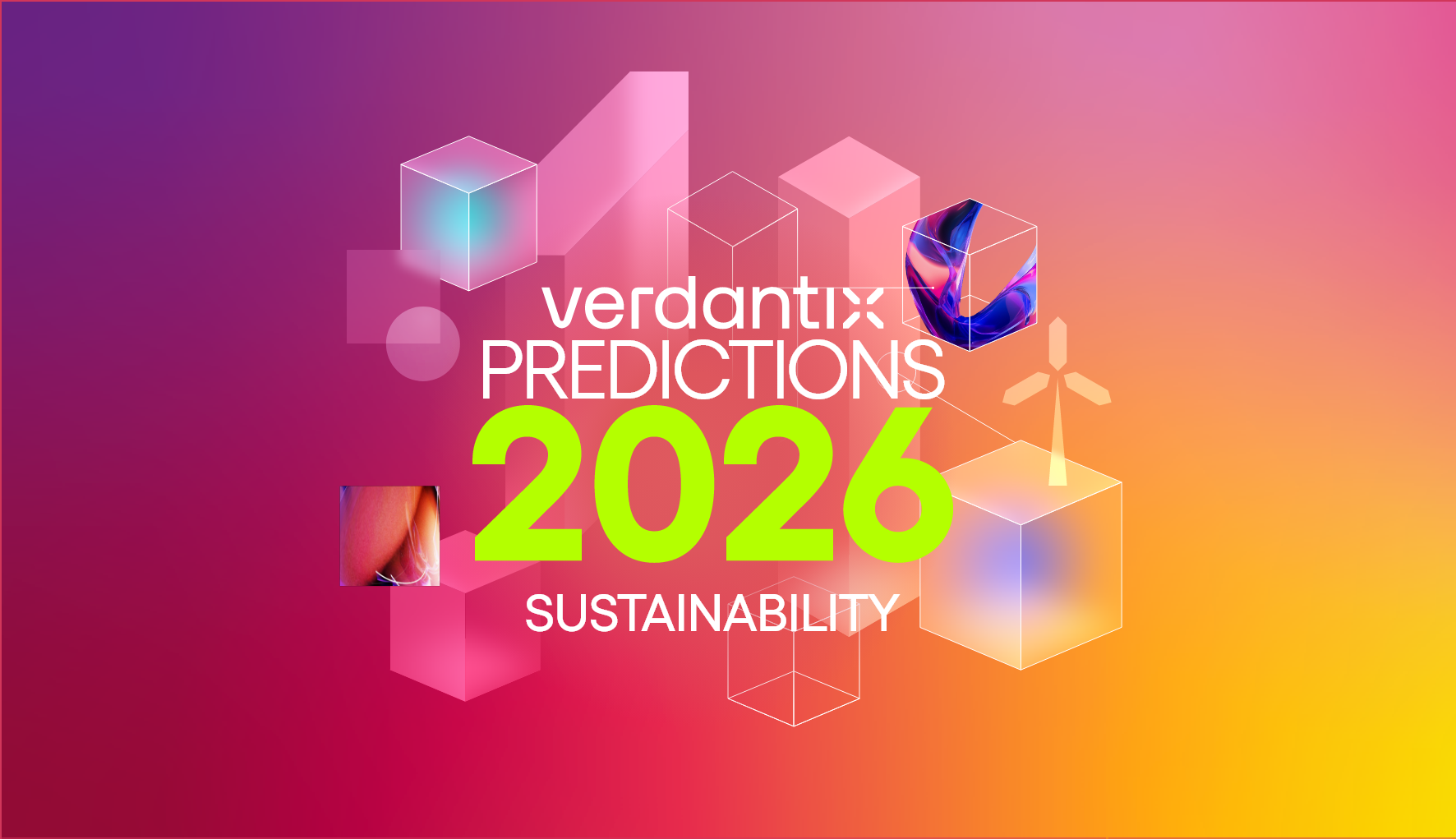California Pushes Ahead With Aggressive Climate Change-Related Legislation
On August 16, 2022, President Biden signed the Inflation Reduction Act into law, authorizing $369 billion to fund energy and climate projects aimed at reducing greenhouse gas emissions by 40% below 2005 levels by 2030. The bill includes tax credits to incentivize renewable power generation, electric vehicle purchasing and a fund to help companies that reduce methane emissions (see The Inflation Reduction Act Paves New Ground For US Climate Change Action). However, many climate scientists argue that the Inflation Reduction Act alone will not be enough for the U.S. to meet its climate goals, and that states will need to do more to close the gap.
According to the U.S. Energy Information Administration, Texas, California, and Florida are the top three emitters of carbon dioxide emissions. In the past few weeks, each of these states has made headlines for actions they have taken related to climate change and other ESG matters. Texas and Florida have recently criticized – and have taken steps to hinder – sustainability investing. California, on the other hand, is moving in the opposite direction.
On August 25, 2022, California passed legislation to ban new gas car sales by 2035; on August 31, 2022, the state passed five additional pieces of energy- and climate-related legislation. These bills codify the state’s existing goal of being carbon neutral by 2045; establish interim targets for generating clean energy; postpone the planned closure of the state’s last nuclear power plant, Diablo Canyon, to stabilize the state’s electric grid with zero-emissions energy; and implement restrictions on oil and gas drilling, including buffer zone requirements for new wells and pollutions controls on existing wells. The legislation also includes $54 billion in new spending over five years, including $14 billion to improve public transit, more than $8 billion to decarbonize the state’s electrical grid, about $6 billion for electric vehicles, and over $5 billion for climate and drought resilience programs, such as those aimed towards wildfires and droughts. These bills still have to be signed into law by Governor Newsom by September 30, 2022, but given his climate-friendly track record, it seems likely that most – if not all – of these bills will be approved.
As the world’s fifth largest economy, California’s actions to combat climate change will likely have a rippling effect, influencing other states and impacting different sectors of the market. California’s previous clean-vehicle standards have already been adopted by several states, including New Jersey, New York, and Pennsylvania, and it is likely that these states will pass more aggressive legislation in the wake of California’s decision.
In addition to the funding allocated in the newly passed legislation towards electric vehicles, climate and drought resilience programs, public transportation, and decarbonization of the electrical grid, expect to see an increase in the use of carbon offset projects. Under the new legislation, California will have to cut greenhouse gas emissions by 2045; any remaining emissions will need to be offset. As such, firms specializing in direct air carbon capture (DACC) technology, such as Climeworks or Carbon Engineering, may see increased investment as corporates and municipalities look to offset residual emissions. Also expect to see an increase in demand for vendors that specialize in smart battery energy storage solutions, such as Stem and GBatteries, as well as vendors looking to increase EV charging infrastructure, such as ChargePoint Holdings and NextEra Energy. This legislation is a step in the right direction, and hopefully other states will begin to follow California’s lead.
About The Author

Jessica Pransky
Principal Analyst





